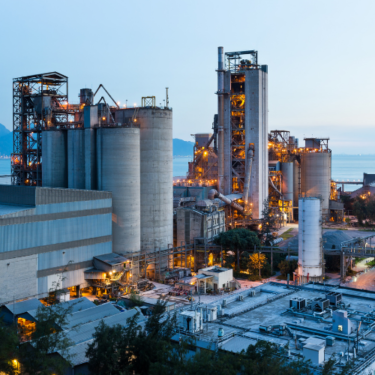Structural and cyclical headwinds cause industrial recession in Eurozone
We now expect industry in the eurozone to remain in a mild recession in H2 this year after output already contracted in H1.
What you will learn:
- Eurozone industry has proven even more resilient than expected over the past year. Output is currently only around 1% below last year’s level despite the war in Ukraine, elevated energy prices, and rapid policy rate hikes.
- In our latest baseline forecast, we expect output will trend sideways in the coming quarters. But we will make some further cuts in our next update given the adverse near-term impact of cyclical and structural challenges.
- Global monetary policy tightening is the key headwind weighing on demand this year. Structurally higher energy prices also add pain for energy-intensive firms.
- Intermediate goods makers face a very weak outlook this year and next. For intermediate goods, the sharp reversal of the huge post-pandemic inventory cycle adds to the challenge as supply bottlenecks ease and costly-built stocks become expensive to finance.
Tags:
Related Services

Post
Roadblocks to China’s chip self-sufficiency dream
China is unlikely to achieve full chip self-sufficiency any time soon because of high technological hurdles in producing advanced manufacturing equipment and materials. The self-sufficiency target now stretches well beyond actual fabrication to include the entire chip supply chain as China struggles to acquire necessary input and machinery into the production process.
Find Out More
Post
European defence spending surge: which sectors will benefit?
Our modelling suggests the main beneficiaries of the spending will be a highly concentrated subset of capital-intensive subsectors, mainly in transport and electronics.
Find Out More
Post
Industrial recession still expected due to global tariff chaos
Tariffs spark uncertainty in the global industrial sector, raising recession risks. What’s next for businesses? Discover insights from Oxford Economics.
Find Out More